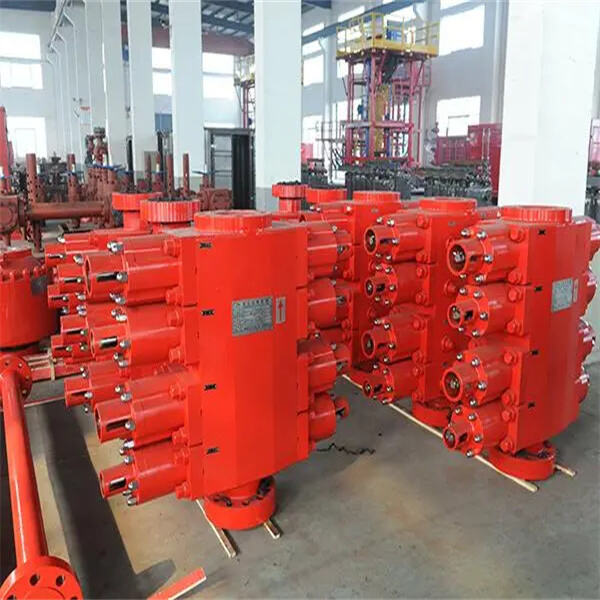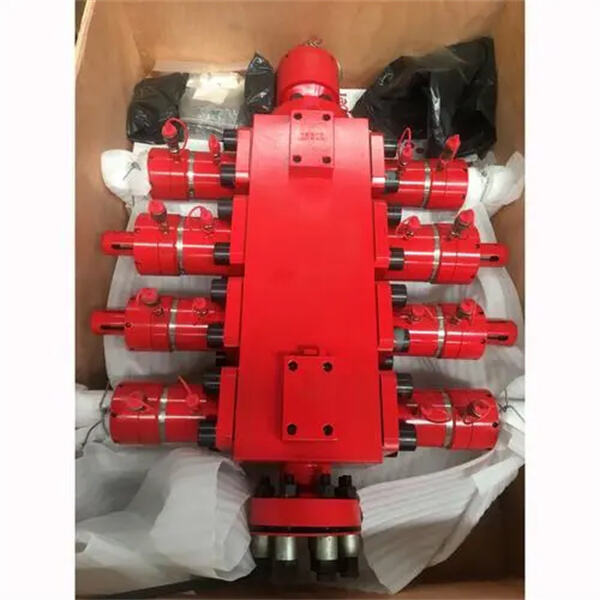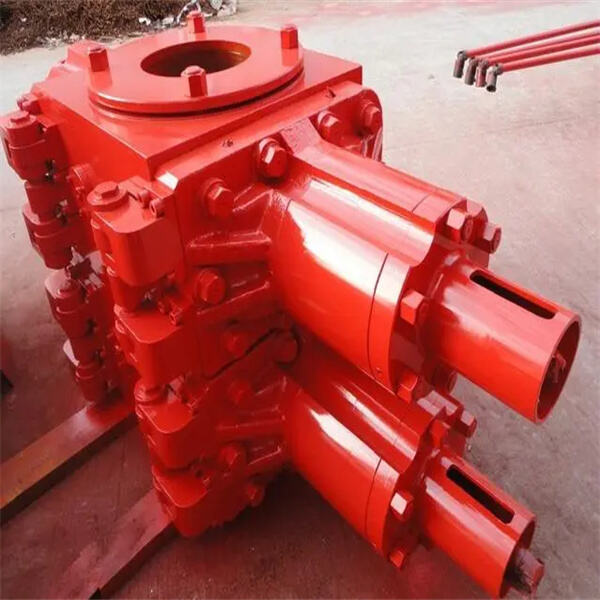Subsea BOP stack is critical for safe and successful operations in offshore well drilling. BOP is short for blowout preventer, which is used to contain the flow of oil and gas from a well. One critical piece of equipment is the subsea BOP stack that sits at the bottom of the ocean, far beneath the water’s surface, and serves as a set of large brakes to control pressure and prevent blowouts while drilling.
It is necessary to use subsea BOP stacks during offshore drilling for safety and effectiveness. Just as a blowout preventer stack can serve as the brakes that stop an out-of-control flow of oil or gas from the well in a blowout, a subsea B.O.P. stack can also act swiftly to close off the well and keep things from getting really, really bad. It’s environmentally friendly and avoids putting workers on the drilling rig at risk.

A subsea BOP stack consists of several key components that interact to manage the flow of oil and gas from a well. xThese components are: the BOP control system that controls the various valves and rams on the stack. Hydraulic connections send power to the stack from the surface, too. Other components, such as ram packers and shear rams, assist in sealing the well under other circumstances, offering added protection.

Care and attention to insuring that the subsea BOP stack are safe is critical for it to work. By performing regular checks and tests of the stack, you find any problems before they can escalate further. And all of the workers on the stack must be highly trained to respond to emergencies and minimize risk on the drilling rig as well.

New technology has advanced to provide the means for enhancing bop subseas. Real-time monitoring systems, for example, allow operators to look at the stack from a distance and react before it’s too late. In addition, the use of advanced materials and designs has made subsea BOP stacks stronger and more reliable, ensuring they can withstand harsh underwater conditions longer.